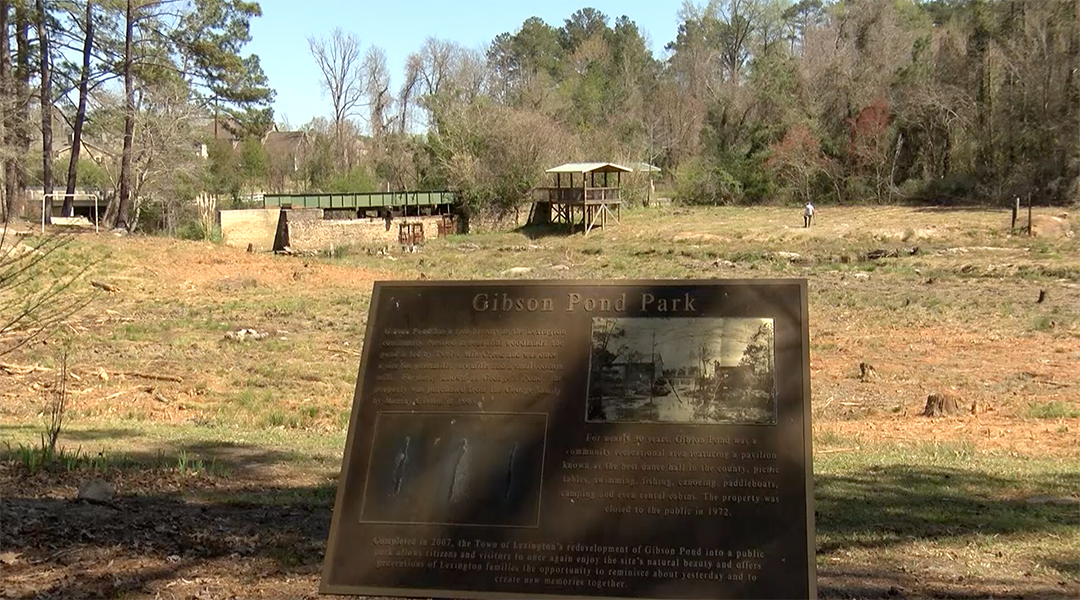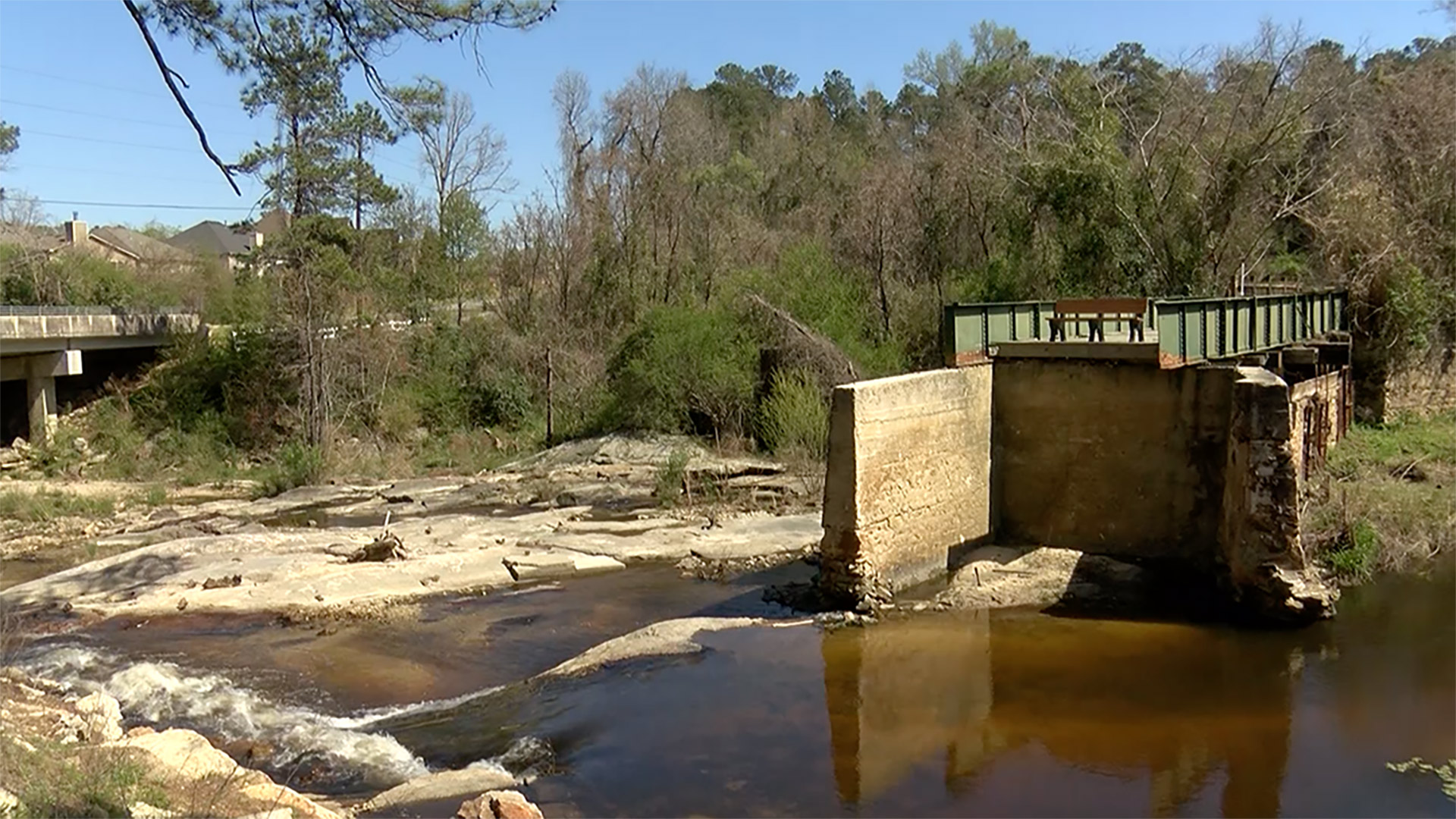Dam failures have been increasing since historic flooding rocked the Midlands in 2015. An estimated 90 dams have failed in the past four years.
Now, the state Legislature is considering removing state oversight of about 1,600 small dams deemed “low risk” across the state. While the move would free up time for more inspections of high risk dams by the S.C. Department of Health and Environmental Control, critics say the decision is foolhardy.
“We’ve had over 85 dams fail in the last four years, people have died, homes have been destroyed, roads have been washed out and now the legislature is trying to remove protections from over 1,600 dams. That’s just backwards,” said John Tynan, executive director of the Conservation Voters of South Carolina.
But Sen. Scott Talley, R-Spartanburg, says the proposal is for the benefit of DHEC and the protection of citizens so DHEC can focus on repairing larger dams.
There are between 10,000 and 20,000 dams in the state of South Carolina. Currently, only 2,400 dams are being regulated by the Department of Health and Environmental Control (DHEC).
Dams that are evaluated and classified by the state as “low-risk” to “no-risk” would no longer be required to be regulated by DHEC officials.
Dams are classified as low-risk to no-risk if they do not pose to severe risk to human life. Under the current law, dams are regulated if they reach a height 25 feet or more. If the dam poses a risk to human life they are more likely to be regulated, .
If the dam is not a risk to downstream property they are less likely to be regulated. Gibson Pond Park in Lexington is home to a dam that broke in 2015 and has yet to be repaired.
In 2015, the Gibson Pond Dam was re-classified as a “high-hazard” dam after it severely flooded during Hurricane Matthew. The water from the pond is nearly depleted, with only one stream leading to a body of water. If the legislation passed, the state could move more quickly to repair it.
“Obviously, there are certain areas of the state that DHEC needs to focus its resources on immediately,” Talley said. “There are repairs that are still being done from the floods and breaches from a couple of years ago, that need to be the focus now. And that citizens need to know what’s around them is obviously important.”
In 2012, the Dam Safety Program staff at DHEC had less than three full-time employees. After the 2015 floods, the State Legislature increased the staff to a 15 full-time program staff. There are now six engineers in DHEC’s regional offices throughout the state to inspect and work with dam owners in their respective area.
“We need to be keeping an eye on dams that may pose a small risk now because in ten years, or twenty years, the problems keep growing…those can cause a significant risk to lives and to property,” said Tynan.
He hopes the full Senate will take a harder look at the measure.
“So hopefully, we will have this opportunity to have those conversations….have that thoughtful discussion…and find a path forward that protects citizens from failing dams but also, if there is truly no hazard or no risk posed, to try to find a solution for those dam owners as well,” Tynan said.






